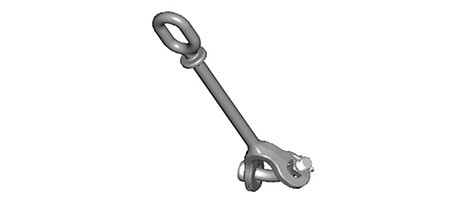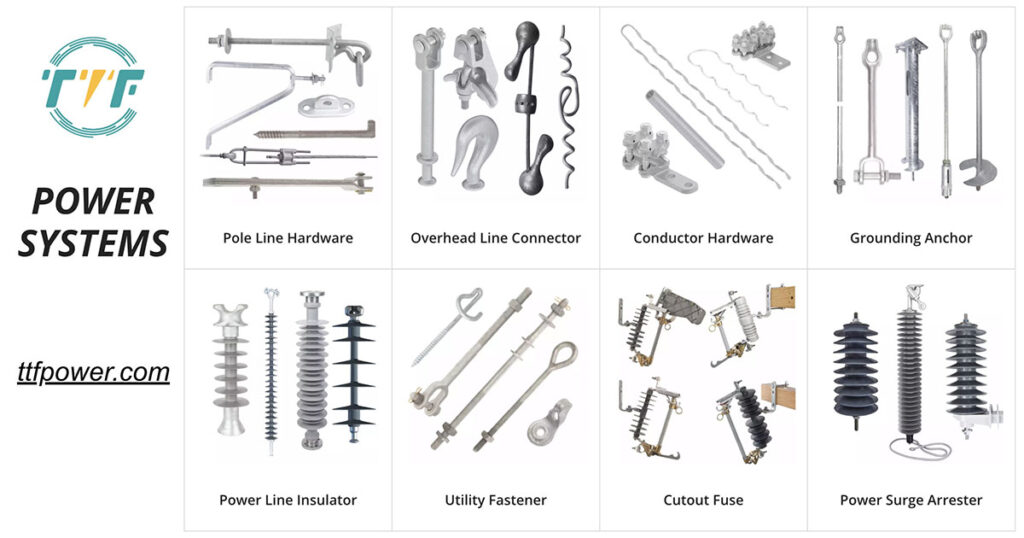
LONGI, the world’s largest solar technology innovator, announced a partnership with Yinson Renewables to supply 53.2 MW of its latest HI-MO 9 modules for the Sol de Verano 1 solar project in Peru. The collaboration marks a significant step in deploying cutting-edge solar technology in South America. The project aligns with Peru’s goals to increase clean energy production and reduce carbon emissions. The HI-MO 9 modules are at the forefront of solar technology, featuring back-contact architecture that relocates all cell electrodes to the rear. They reduce front-grid shading and maximize light capture. The modules provide a conversion efficiency of up to 24.8 and a least output of 670 W. Their longevity enhances reliable performance and reduces the leveled cost of electricity by 7%. A Y-clevis eye provides a secure and adjustable connection between solar panel mounting rails and support structures.
The Sol de Verano project is expected to provide clean, reliable energy, contributing to Peru’s sustainable development goals. The construction of the project demands the use of Y-clevis eyes in the mounting structure of solar panels. The clevis eye connects solar panel rails to vertical or inclined supports. They ensure panels remain attached even under high wind loads. They allow for easy adjustment of the solar panel tilt angle for optimizing solar irradiance capture in Peru’s climate zones. A Y-clevis eye helps pivot panels smoothly to follow the sun’s path to reduce mechanical stress on mounting components. They serve in utility-scale solar panels, commercial and industrial rooftop systems, and off-grid solar installations.
Y-clevis eye in solar panel mounting in Peru
A Y-clevis eye is a mechanical connector used in mounting and support structures in tension-based systems. It features a Y-shaped fork with an eyelet that allows a pin to pass through, connecting to rods, turnbuckles, or other fittings. They are crucial components in ensuring the structural integrity and mechanical performance of the solar panel mounting system. The mounting system must endure thermal expansion and contraction, high winds, seismic activity, and long-term exposure to UV and moisture. The Y-clevis eye contributes to this resilience in various ways:

- Structural connection—the Y-clevis eye acts as a pivotal joint in linking support rods to the anchoring points. This is crucial in tracking systems, which need precise tension and flexibility as they rotate to follow the sun.
- Load distribution—the mounting system can distribute mechanical loads and reduce stress concentrations at critical joints. This reduces maintenance costs and extends the life of the installation.
- Corrosion resistance—high-quality clevis components are mostly from galvanized steel or stainless steel. This allows them to withstand the harsh Peruvian desert climate.
- Adjustability and alignment—the Y-clevis eye allows for easy adjustment during installation and maintenance. This is crucial for large-scale solar farms like Sol de Verano, where panels must align to maximize solar exposure.
Technologies supporting the HI-MO module in Peru’s Sol de Verano construction and operation in Peru
The HI-MO 9 module by LONGI used in Peru’s Sol de Verano 1 solar project is a technology that brings together advanced materials and manufacturing precision. There are various technologies that maximize the output, efficiency, and reliability of each HI-MO 9 module. Here are the technologies supporting the HI-MO 9 module in the construction and operation phases of the Sol de Verano 1 project in Peru.

- Back contact (BC) cell architecture—the modules use n-type contact solar cells where electrical contacts are located on the rear of the cell. This tech boosts the efficiency of the solar project up to 24.8% and enhances aesthetic appeal and durability.
- High-power output and energy yield—each module can reach up to 670 W of power output. It incorporates a multi-busbar design and large-area wafers to increase current flow. Using the tech reduces the number of panels needed for a given energy target. They also lower balance of system costs, which means fewer inverters, racks, and connectors.
- Smart mounting and installation systems—HI-MO 9 modules are engineered for compatibility with automated, prefabricated mounting systems and solar trackers. They enable faster installation time and are compatible with single-axis tracking systems that follow the sun’s path.
- Advanced thermal management—this tech uses low-temperature coefficient materials and an efficient heat dissipation design. It maintains stable output even during extreme afternoon heat. It enhances less performance drop in high temperatures compared to conventional panels.
